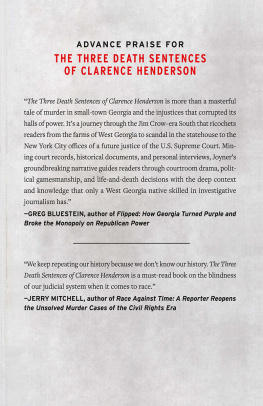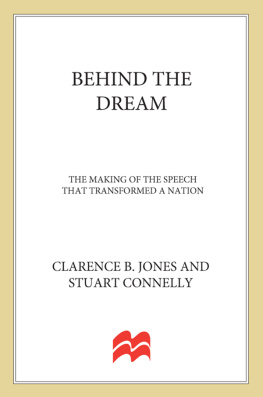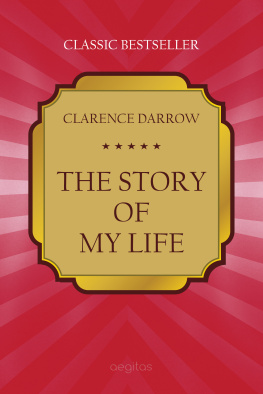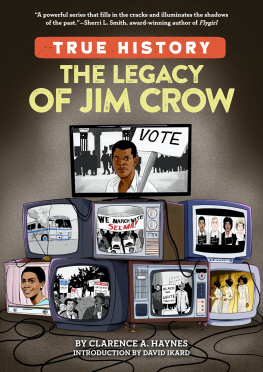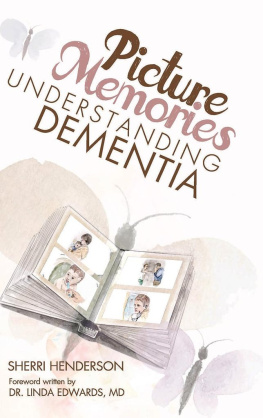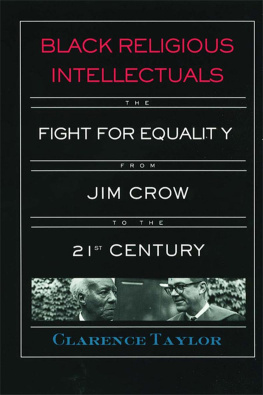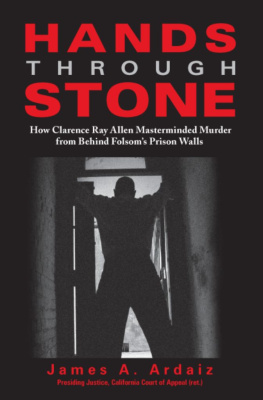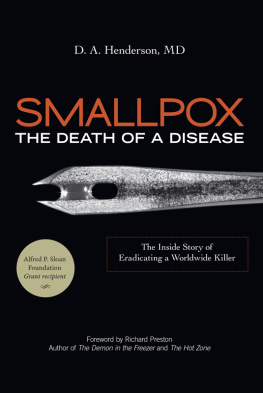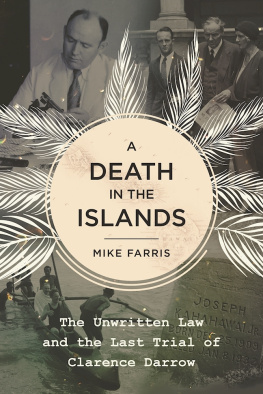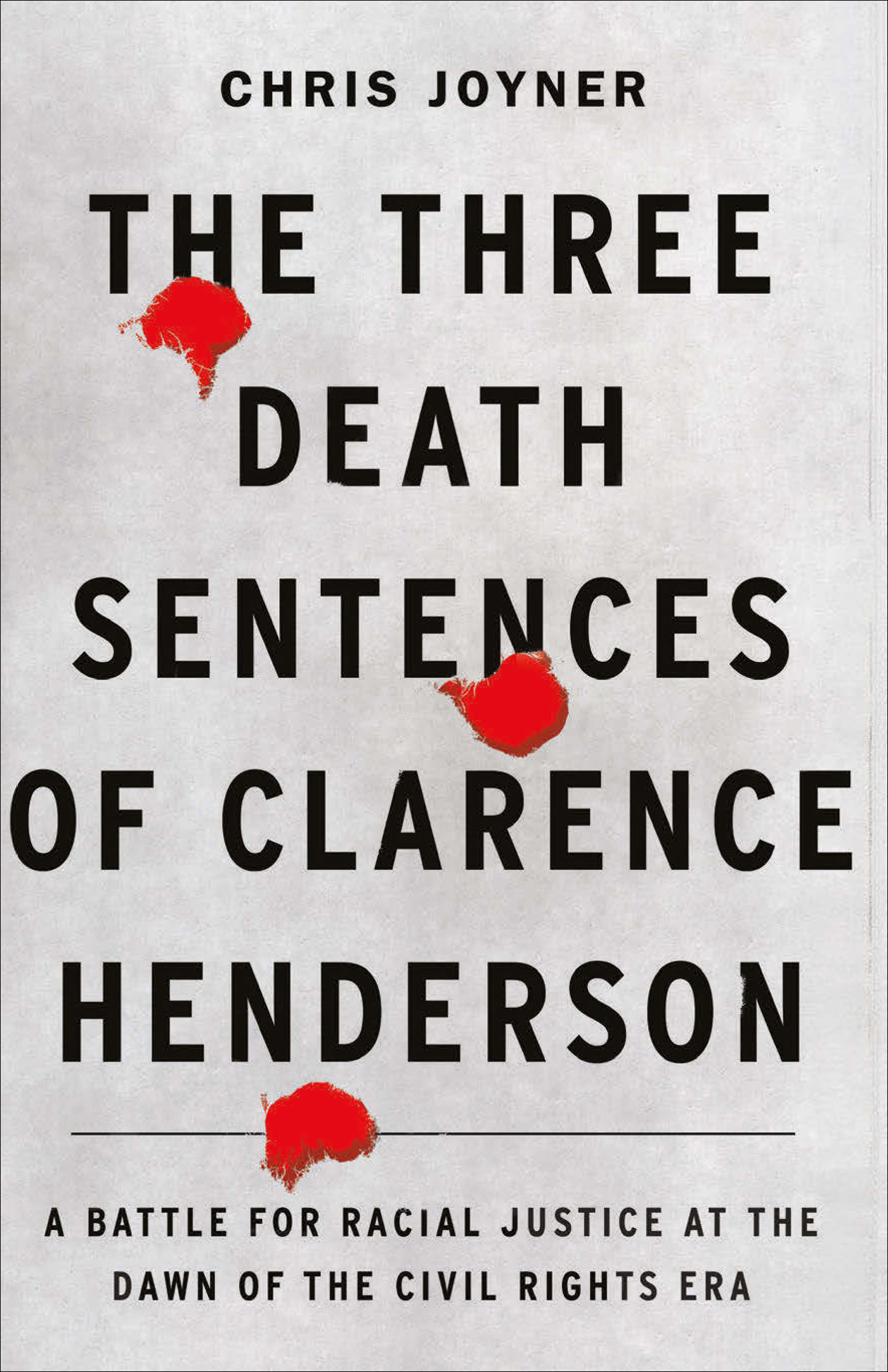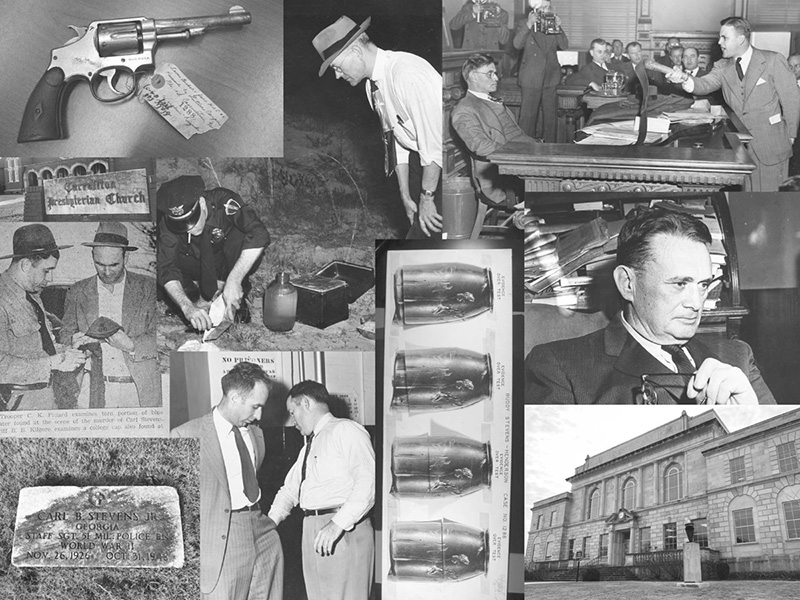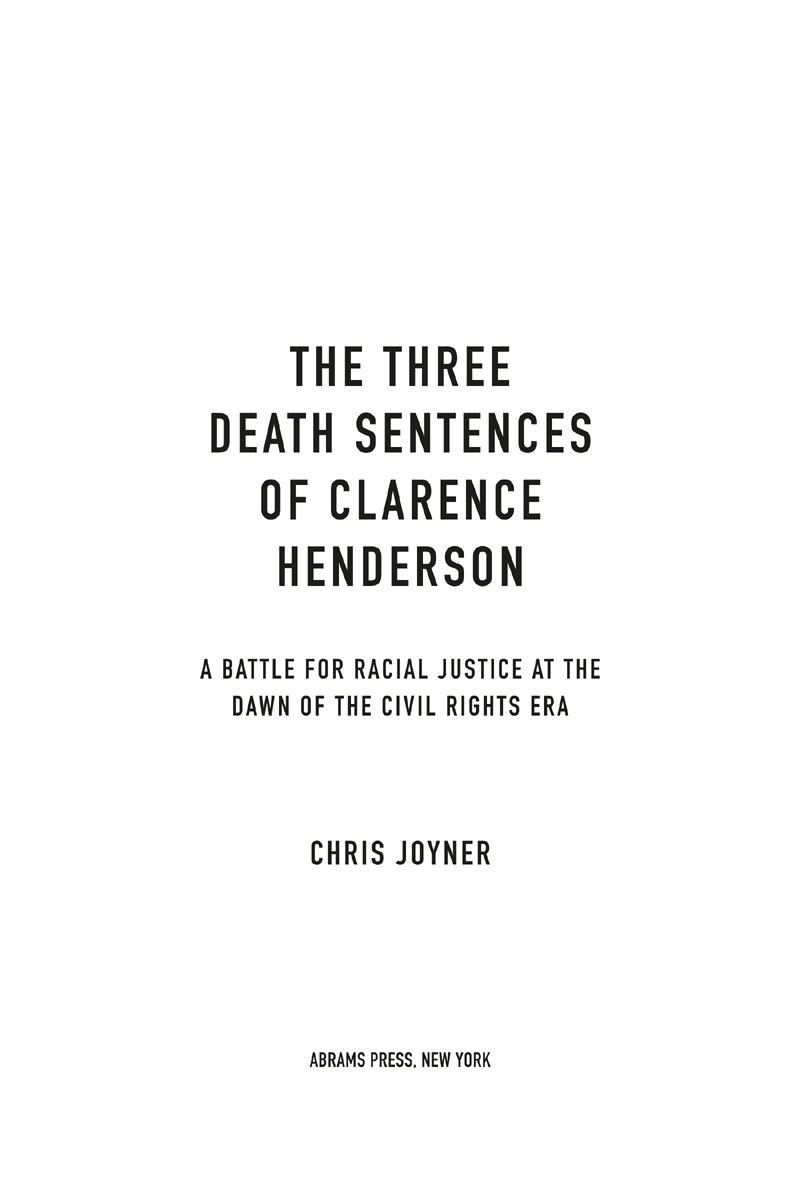Chris Joyner - The Three Death Sentences of Clarence Henderson: A Battle for Racial Justice at the Dawn of the Civil Rights Era
Here you can read online Chris Joyner - The Three Death Sentences of Clarence Henderson: A Battle for Racial Justice at the Dawn of the Civil Rights Era full text of the book (entire story) in english for free. Download pdf and epub, get meaning, cover and reviews about this ebook. City: New York, year: 2022, publisher: Abrams Press, genre: History. Description of the work, (preface) as well as reviews are available. Best literature library LitArk.com created for fans of good reading and offers a wide selection of genres:
Romance novel
Science fiction
Adventure
Detective
Science
History
Home and family
Prose
Art
Politics
Computer
Non-fiction
Religion
Business
Children
Humor
Choose a favorite category and find really read worthwhile books. Enjoy immersion in the world of imagination, feel the emotions of the characters or learn something new for yourself, make an fascinating discovery.
- Book:The Three Death Sentences of Clarence Henderson: A Battle for Racial Justice at the Dawn of the Civil Rights Era
- Author:
- Publisher:Abrams Press
- Genre:
- Year:2022
- City:New York
- Rating:3 / 5
- Favourites:Add to favourites
- Your mark:
The Three Death Sentences of Clarence Henderson: A Battle for Racial Justice at the Dawn of the Civil Rights Era: summary, description and annotation
We offer to read an annotation, description, summary or preface (depends on what the author of the book "The Three Death Sentences of Clarence Henderson: A Battle for Racial Justice at the Dawn of the Civil Rights Era" wrote himself). If you haven't found the necessary information about the book — write in the comments, we will try to find it.
The Three Death Sentences of Clarence Henderson is the story of Clarence Henderson, a wrongfully accused Black sharecropper who was sentenced to die three different times for a murder he didnt commit, and the prosecution desperate to pin the crime on him despite scant evidence. His first trial lasted only a day and featured a lackluster public defense. The book also tells the story of Homer Chase, a former World War II paratrooper and New England radical who was sent to the South by the Communist Party to recruit African Americans to the cause while offering them a chance at increased freedom. And its the story of Thurgood Marshalls NAACP and their battle against not only entrenched racism but a Communist Partydespite facing nearly as much prejudice as those they were trying to helpintent on winning the hearts and minds of Black voters. The bitter battle between the two groups played out as the sides sparred over who would take the lead on Hendersons defense, a period in which he spent years in prison away from a daughter he had never seen.
Through it all, The Three Death Sentences of Clarence Henderson is a portrait of a community, and a country, at a crossroads, trying to choose between the path it knows is right and the path of least resistance. The case pitted powerful forcesoften those steering legal and journalistic institutionsattempting to use racism and Red-Scare tactics against a populace that by and large believed the case against Henderson was suspect at best. But ultimately, its a hopeful story about how even when things look dark, some small measure of justice can be achieved against all the odds, and actual progress is possible. Its the rare book that is a timely read, yet still manages to shed an informative light on Americas past and future, as well as its present.
Chris Joyner: author's other books
Who wrote The Three Death Sentences of Clarence Henderson: A Battle for Racial Justice at the Dawn of the Civil Rights Era? Find out the surname, the name of the author of the book and a list of all author's works by series.

